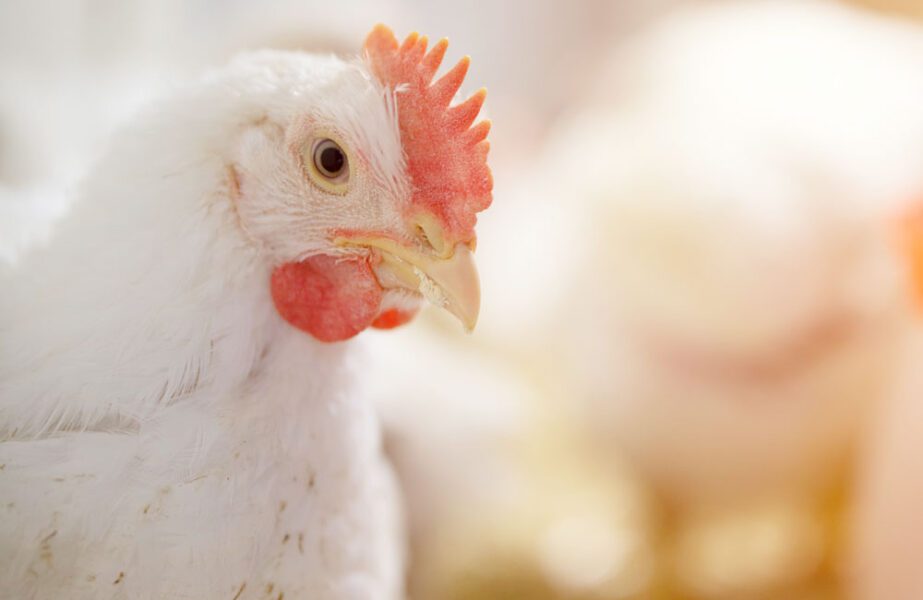Gut Health
Optimized poultry performance starts in the gut.
Good gut health starts with a balanced beneficial microbiota, strong gut integrity, and optimized absorption functions. NOVUS helps establish these strong foundations to enhance a bird’s full genetic potential. Let us help you:
Invest in the success of your birds for better gut health with NOVUS.

Programs
We’re devoted to not only infusing our poultry products with additional benefits, but to creating programs that help you develop healthier and more productive birds.

Whether you’re working directly with us or partnering with us to deliver to your clients, our goal is the same: be a true partner in creating solutions that grow your business and build a healthier world.
Opportunities
Poultry is the most widely consumed meat in the world. It’s affordable, wholesome, and widely available. As worldwide demand grows, poultry producers are being asked to do more to meet the demand for high-quality protein.

Our advanced technology, rooted in scientific research, is designed to help your poultry reach their full potential. Partner with us, and start feeding solutions instead of treating problems.